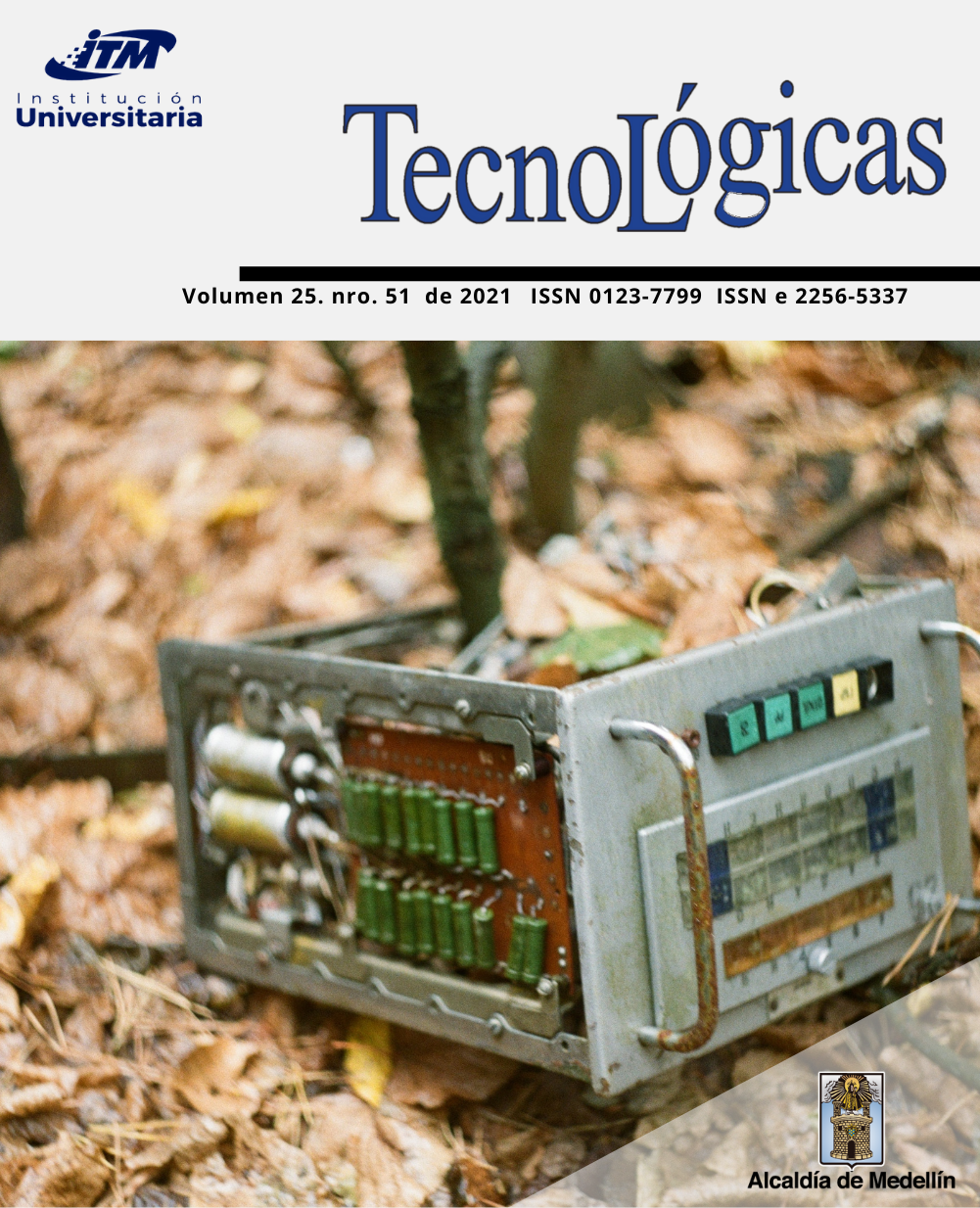Integración de la visualización de la información y la reducción de la dimensionalidad: un camino para cerrar la brecha entre la inteligencia natural y la artificial
Resumen
By importing some natural abilities from human thinking into the design of computerized decision support systems, a cross-cutting trend of intelligent systems has emerged, namely, the synergetic integration between natural and artificial intelligence. While natural intelligence provides creative, parallel, and holistic thinking, its artificial counterpart is logical, accurate, able to perform complex and extensive calculations, and tireless. In the light of such integration, two concepts are important: controllability and interpretability. The former is defined as the ability of computerized systems to receive feedback and follow users’ instructions, while the latter refers to human-machine communication. A suitable alternative to simultaneously involve these two concepts—and then bridging the gap between natural and artificial intelligence—is bringing together the fields of dimensionality reduction (DimRed) and information visualization (InfoVis).
Referencias bibliográficas
J. C. Alvarado-Pérez; D. H. Peluffo-Ordóñez; R. Therón, “Bridging the gap between human knowledge and machine learning,” ADCAIJ Adv. Distrib. Comput. Artif. Intell. J., vol. 4, no. 1, pp. 54-64, Oct. 2015. https://doi.org/10.14201/ADCAIJ2015415464
I. Borg; P. Groenen, Modern multidimensional scaling: Theory and applications. Springer, 2005.
M. Belkin; P. Niyogi, “Laplacian eigenmaps for dimensionality reduction and data representation,” Neural Comput., vol. 15, no. 6, pp. 1373–1396, Jun. 2003. https://doi.org/10.1162/089976603321780317
S. T. Roweis; L. K. Saul, “Nonlinear dimensionality reduction by locally linear embedding,” Science, vol. 290, no. 5500, pp. 2323–2326, 2000. https://doi.org/10.1126/science.290.5500.2323
G. E. Hinton; S. T. Roweis, “Stochastic neighbor embedding,” in Advances in neural information processing systems, pp. 833–840, 2002. https://citeseerx.ist.psu.edu/viewdoc/download?doi=10.1.1.441.8882&rep=rep1&type=pdf
J. A. Lee; M. Verleysen, Nonlinear dimensionality reduction. Springer, 2007.
D. H. Peluffo; J. A. Lee; M. Verleysen, “Recent methods for dimensionality reduction: A brief comparative analysis,” 2014 European Symposium on Artificial Neural Networks, Computational Intelligence and Machine Learning (ESANN 2014), Bruges, 2014. https://dial.uclouvain.be/pr/boreal/object/boreal:171353
D. H. Peluffo-Ordóñez; J. A. Lee; M. Verleysen, “Short Review of Dimensionality Reduction Methods Based on Stochastic Neighbour Embedding,” in Advances in Intelligent Systems and Computing, 2014, pp. 65–74. https://doi.org/10.1007/978-3-319-07695-9_6
J. A. Lee; M. Verleysen, “Quality assessment of dimensionality reduction: Rank-based criteria,” Neurocomputing, vol. 72, no. 7, pp. 1431–1443, Mar. 2009. https://doi.org/10.1016/j.neucom.2008.12.017
L. der Maaten; G. Hinton, “Visualizing data using t-SNE,” J. Mach. Learn. Res., vol. 9, pp. 2579-2605, Nov. 2008. https://www.jmlr.org/papers/volume9/vandermaaten08a/vandermaaten08a.pdf?fbclid=IwA
J. A. Lee; D. H. Peluffo-Ordóñez; M. Verleysen, “Multi-scale similarities in stochastic neighbour embedding: Reducing dimensionality while preserving both local and global structure,” Neurocomputing, vol. 169, pp. 246–261, Dec. 2015. https://doi.org/10.1016/j.neucom.2014.12.095
M. Zastrow, “Data visualization: Science on the map,” Nature, vol. 519, no. 7541, pp. 119–120, Mar. 2015. https://doi.org/10.1038/519119a
M. C. Ortega-Bustamante et al., “Introducing the Concept of Interaction Model for Interactive Dimensionality Reduction and Data Visualization,” International Conference on Computational Science and Its Applications. Springer, 2020. https://doi.org/10.1007/978-3-030-58802-1_14
Descargas

| Estadísticas de artículo | |
|---|---|
| Vistas de resúmenes | |
| Vistas de PDF | |
| Descargas de PDF | |
| Vistas de HTML | |
| Otras vistas | |








